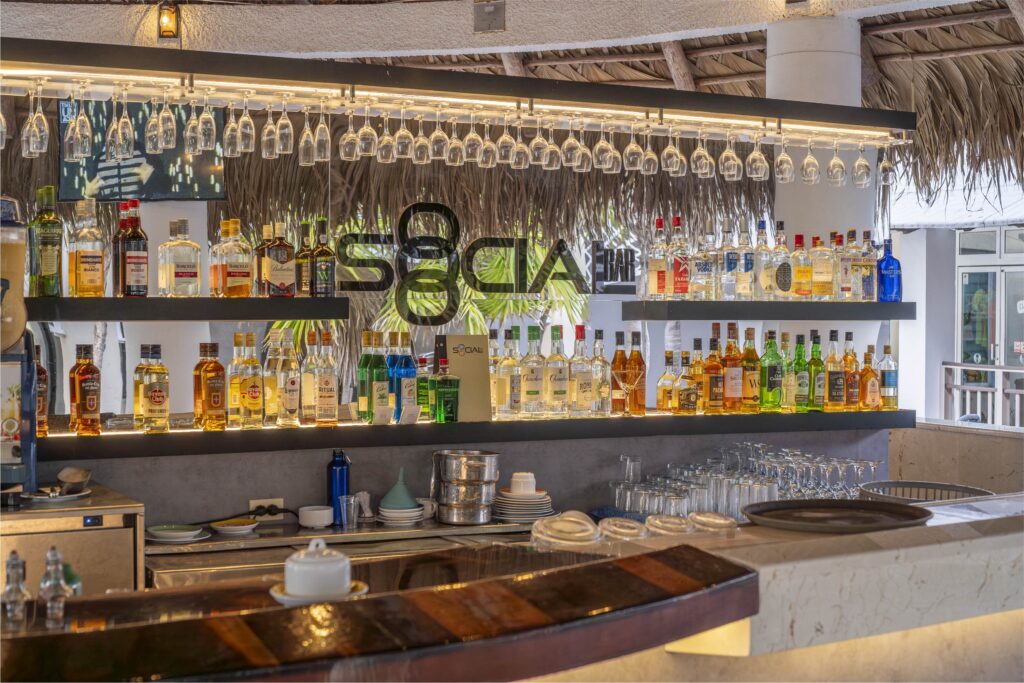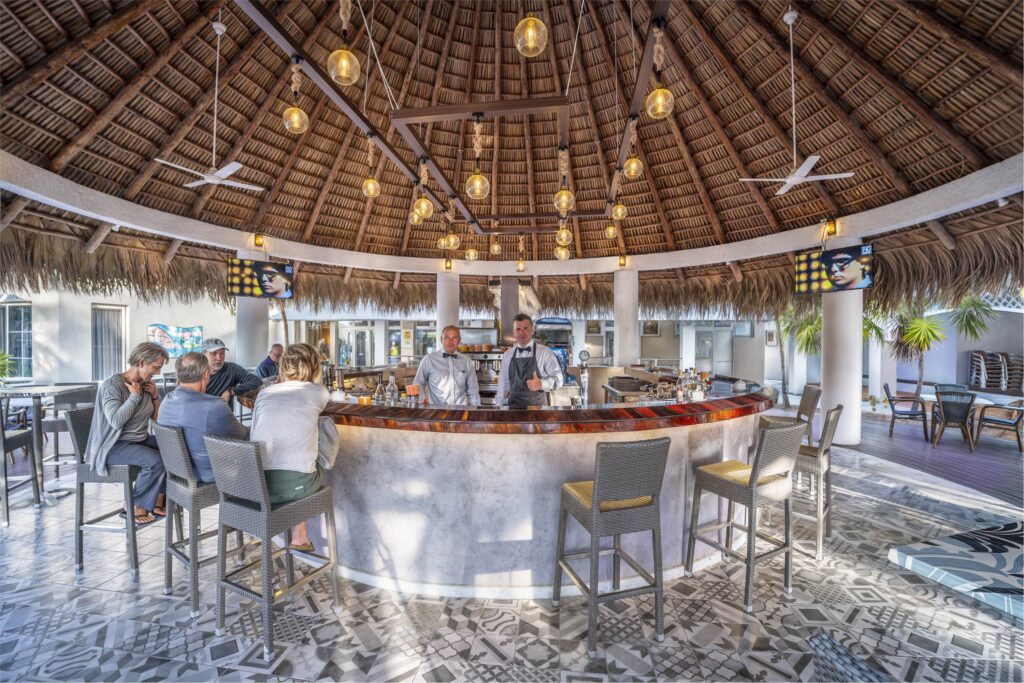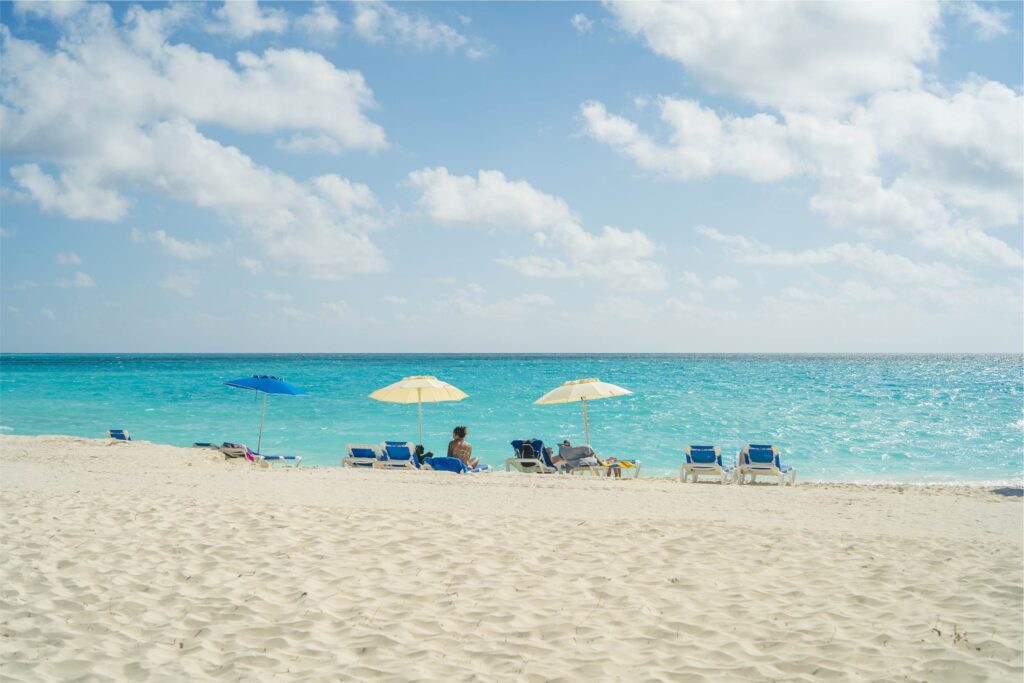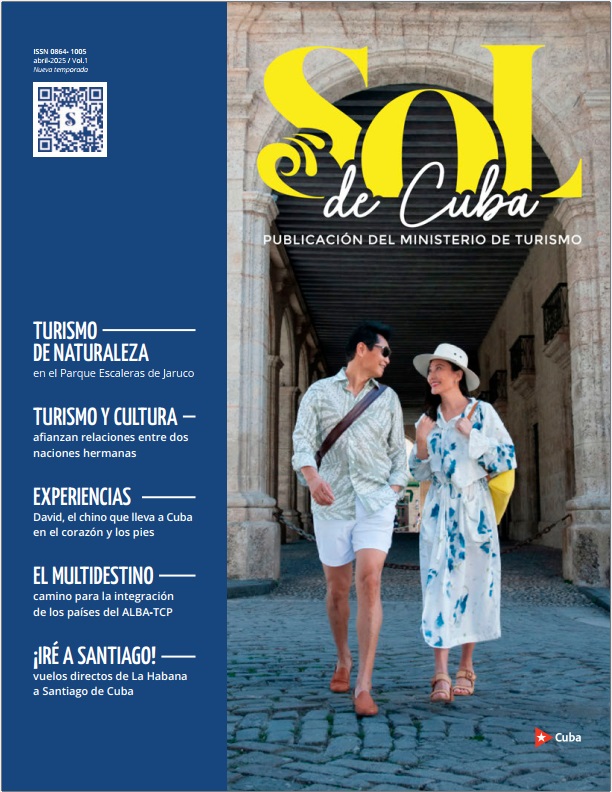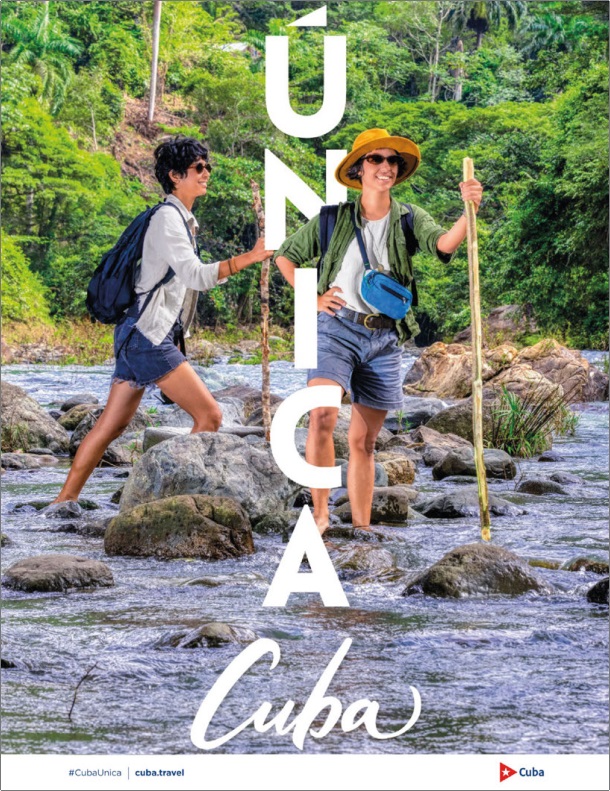Cayo Largo del Sur: From a Caribbean paradise to a smart tourist destination
In addition to its natural attractions, this island offers technological development
Posted by Diony Sanabia, April 27, 2025

Cuba’s Ministry of Tourism is promoting an action plan to transform Cayo Largo del Sur, a key belonging to the Isle of Youth, into a smart destination, the first of its kind in the Caribbean country.
Regarding the development of the initiative, the ministry’s Director of Technologies and Systems, Pavel Pavón, noted in a conversation with Sol de Cuba that progress is being made on several fronts.
Among the work areas, he explained, are technological infrastructure, connectivity, telecommunications, smart office, as well as digital services in hotels.
According to the interviewee, the company Servicios Informáticos Especializados del Turismo (GET) is advancing in the area of digital services, with a project for the deployment of a GPON network in the destination’s facilities. This infrastructure will provide digital services in hotel rooms, including internet, television, telephony and home automation solutions.
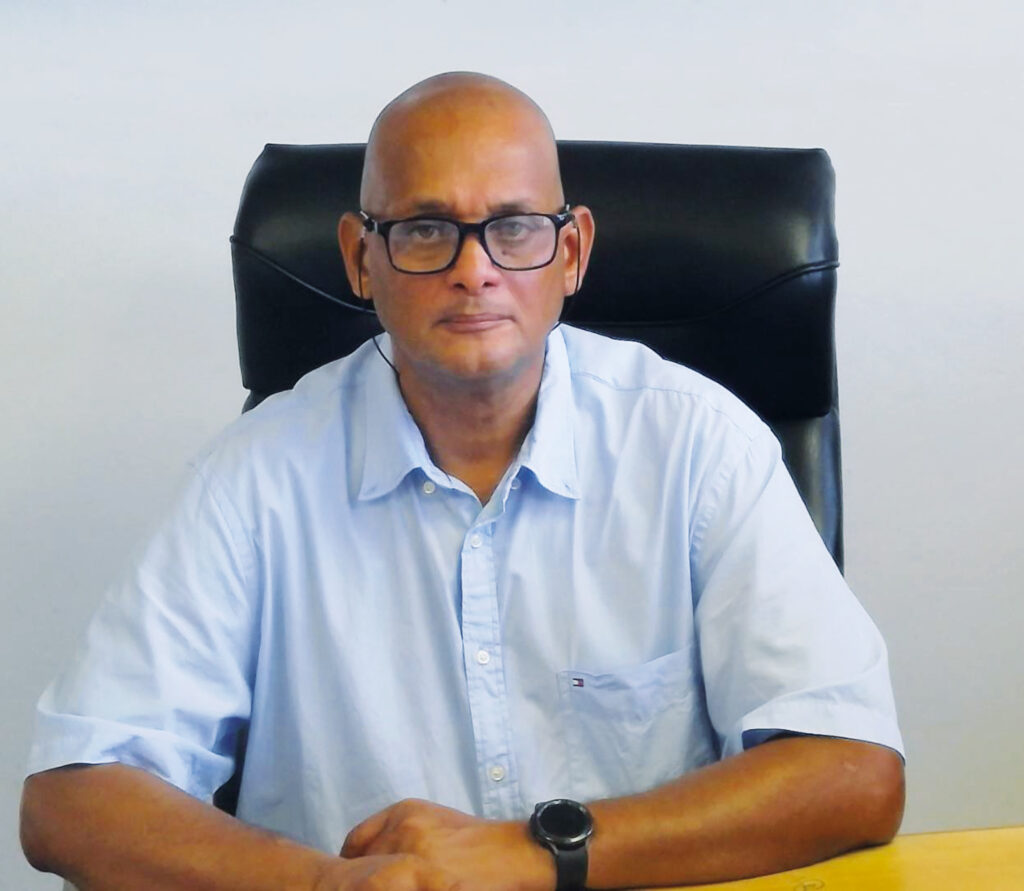
Pavón added that Segittur, a Spanish state-owned company dedicated to the management of innovation and tourism technologies, is the main strategic ally in the process. Its support sustains the initiative, strengthens the institutional will to generalize the methodology supported by the ONE standard on a national scale and is a reference framework for all future smart destinations.
Such support is key for multiple reasons: international recognition and methodological leadership, specialized advice and technical support, international homologation and comparability, and contextualized adaptation to the Cuban environment.
In short, he stressed, that Segittur’s support guarantees that the transformation of Cayo Largo del Sur will be carried out with a rigorous, sustainable approach that is aligned with global tourism innovation processes.
Cayo Largo del Sur represents a unique opportunity to consolidate a tourism development model based on intelligence
In addition, he emphasized, it legitimizes Cuba’s efforts to lead the implementation of the Smart Tourist Destinations model in the Caribbean, with a strategic vision that combines territorial development, technological modernization and sustainability.
On the choice of this destination to implement the program, the engineer and MSc explained that it responds to factors that make it an ideal laboratory to validate the methodology and lay the foundations of the digital transformation of tourism process in Cuba.
He mentioned among the reasons the characteristics of a delimited territory; the presence of hotel infrastructure; the potential for innovation and sustainability; scalability and replicability; synergy with tourism development and connectivity projects; and the country’s strategic interest in diversifying and modernizing its offer.
“Cayo Largo del Sur represents a unique opportunity to consolidate a tourism development model based on intelligence, innovation, sustainability and participatory governance,” he commented.
On the other hand, he pointed out that such transformation will guarantee a superior experience for visitors, thanks to the incorporation of advanced technologies, digitized services and data-driven destination management.
He listed high-quality connectivity, home automation in rooms, integrated digital services, personalized and multichannel attention, more sustainable and accessible tourism, and a smarter and safer experience as the main benefits for vacationers.
Customers will have a set of innovative facilities and high value-added services
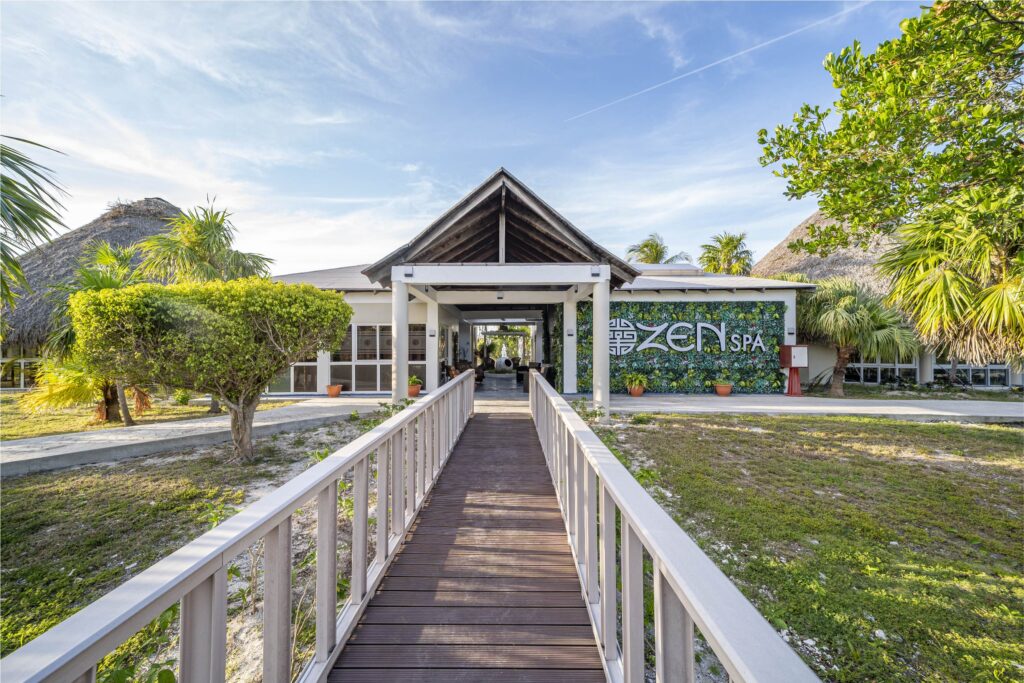
“Once the transformation project is completed, customers will have a set of innovative facilities and high value-added services,” he stressed.
The Mintur director of Technologies and Systems also explained that creating a Network of Smart Tourist Destinations in Cuba represents a strategic commitment to the transformation of the sector’s model, aligned with the principles of sustainability, technology, innovation, accessibility and governance.
“The benefits of such a structure will mean the modernization of the destination, an increase in its global competitiveness, higher quality tourism services, and an increase in visitor satisfaction and loyalty,” he added.
It will also facilitate the development of integrated technological infrastructures (smart offices, digital signage, public connectivity and applications) and improve decision-making with real-time data and predictive analysis.
Other positive results will be linked to the stimulation of the local economy, by integrating entrepreneurs, self-employed and small and medium-sized technology companies into the tourism value chain, as well as greater resilience of the leisure sector in the face of crises of various kinds.
“Being a promoter of the country’s Digital Agenda brings fundamental strategic value to the network project, both in terms of political and regulatory alignment, as well as access to resources, visibility and sustainability,” Pavón concluded.
